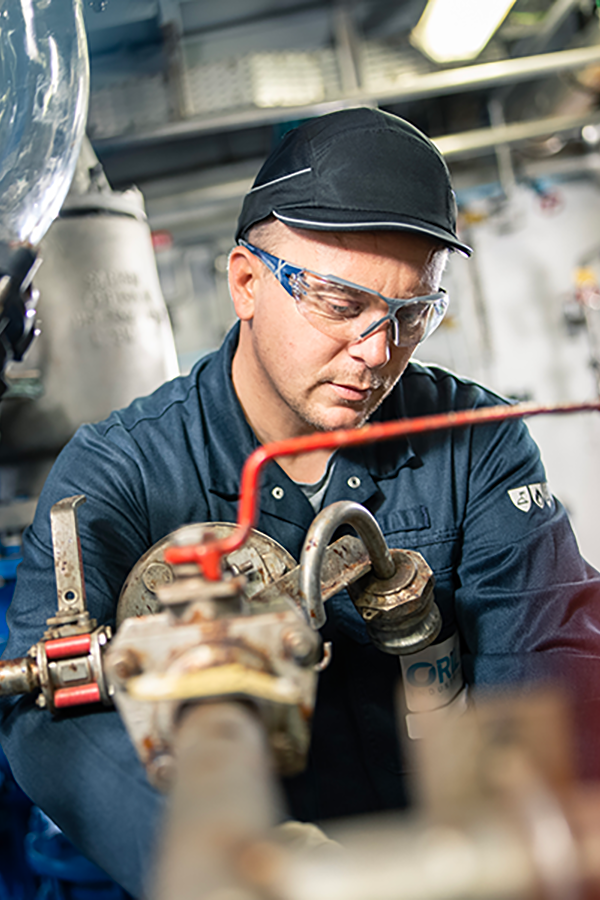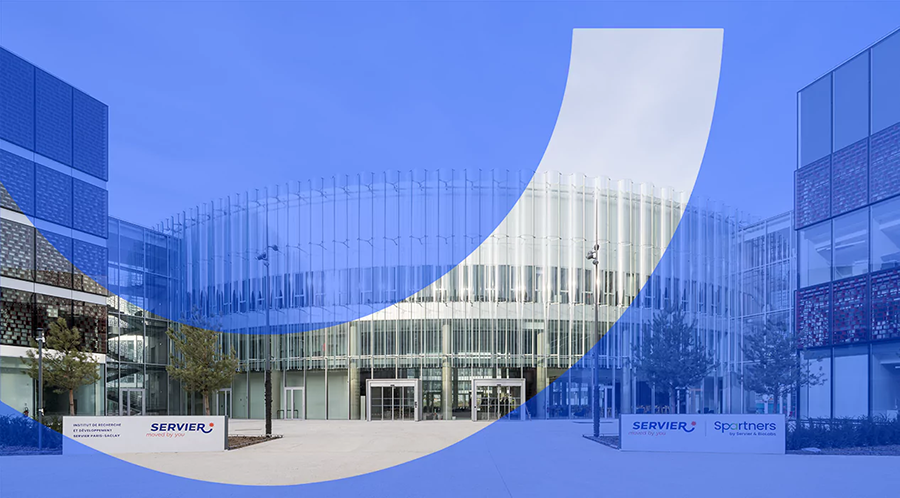The current geopolitical tensions have exposed the fragility of supply chains. While progress has been made, there is still a long way to go to guard against the risks of disruption and shortages.
Winter 2022-2023 in Europe saw disruptions in the supply of paracetamol and amoxicillin due to a triple epidemic of Covid-19, flu, and bronchiolitis. Last March, a report commissioned by the US senate identified a 30% rise in medicine shortages between 2021 and 2022. This situation is hugely detrimental to patients.
A complex issue
These tensions are caused by a number of factors. Primarily, it is complicated to coordinate an increasingly fragmented, and global network. The numerous links in the production chain indeed render the whole system vulnerable to the slightest natural, health-related, or geopolitical event, as well as industrial accidents. An additional challenge for pharmaceutical actors is to adjust stock levels in real time to extremely volatile demand.
One of our strategic programs is designed to focus our three production facilities (Gidy in France, Arklow in Ireland, and Anpharm in Poland) in specialized areas in order to make them more competitive and improve the service provided to Group subsidiaries. Each facility will specialize operations within the following areas:
- packaging: blister packs or pill boxes
- volumes: high volume series or hyper-complex small batches
Reasons for hope

Pharmaceutical companies are gearing up to prevent medicine shortages. The first course of action involves diversifying sourcing channels for raw materials, so as to guard against any risk of disruption.
Secondly, they invest in cutting-edge technology to improve efficiency, traceability and compliance of production processes, supply chain management, and quality control. The third priority focuses on ensuring inventory levels are managed responsibly to guarantee fair and lasting access to medicines.
Furthermore, companies that adopt a long-term vision understand only too well that minimizing their environmental footprint and fulfilling their duty of care is the most effective way to ultimately bolster the solidity and resilience of their supply chain.
57%
of the Group’s intercontinental shipments in 2022-2023 went by sea.
43%
of the Group’s intercontinental shipments in 2022-2023 went by air.
A question of balance
The challenge is considerable to preserve the right balance between effectively managing stock levels and ensuring availability of medicines, while optimizing costs and integrating sustainable practices.
Meet Romain de Roeck, Director of the Eco Distribution program. Romain steers our strategic program to make our supply chain more resilient and sustainable.
Eco Distribution is our strategic program designed to transform the Group’s distribution model by adapting our logistics network by setting up regional platforms, These regional distribution platforms accompany the evolution of our commercial operations and our portfolio of medicines, while also enhancing the service provided to patients throughout the global supply chain. As such, we will be able to make our medicines available more quickly by locating stocks as close as possible to patients. The program will also help to cut our carbon footprint by prioritizing sea freight or road transport over air freight.
At Servier: For a stronger industry
We decided to build two new production units to produce the active ingredient for one of our medicines. The first unit, where construction began in 2021 at the Oril Industrie facility in northern France, will become operational in 2024. The second factory, based at the Egis facility in Hungary, will be operational by January 2025. The two sites will serve to double production capacity, thereby safeguarding supply.
“We launched two new production units for the active ingredient used in Daflon® to meet the needs of nearly 900 million potential patients around the world who currently do not receive treatment.”
Frédéric Secail, Director of the Daflon® strategic program, Servier

In a constantly changing world, Servier is adapting and flourishing. Our Integrated Annual Report 2022-2023 showcases this evolution, demonstrating how our company is responding in concrete ways to contemporary societal challenges.
Our Integrated Annual Report 2022-2023 is much more than a corporate document: it’s an invitation to explore our story, achievements and aspirations, in a concise and attractive format.
